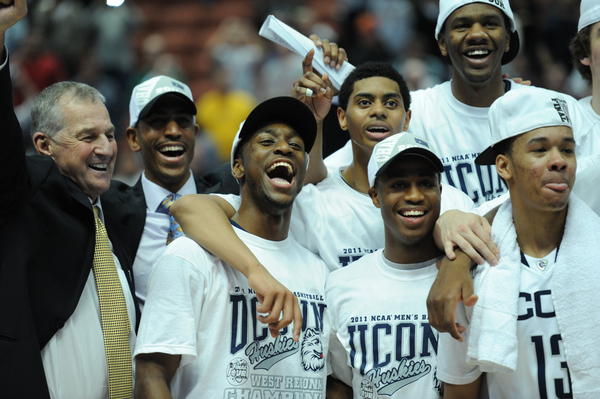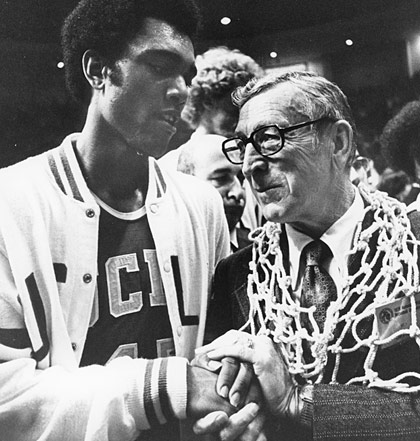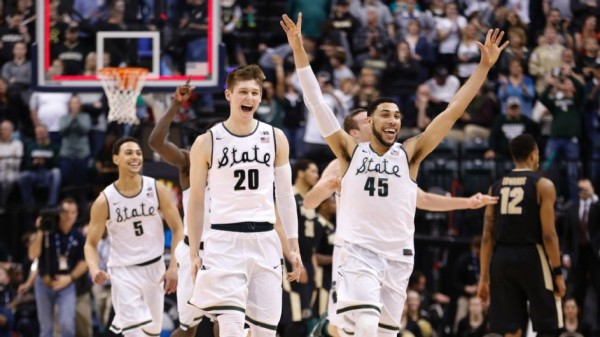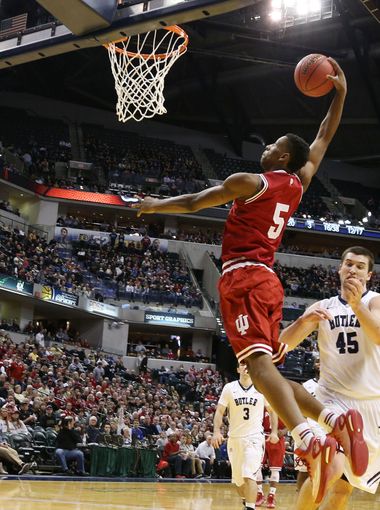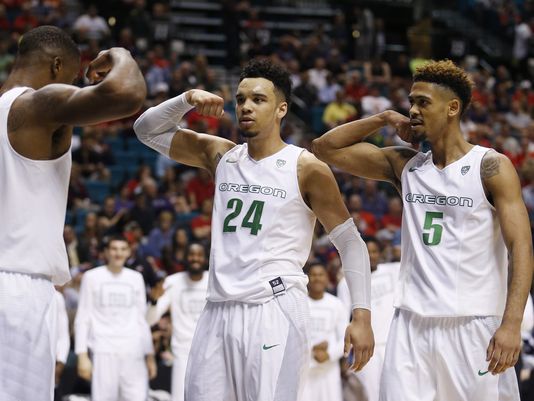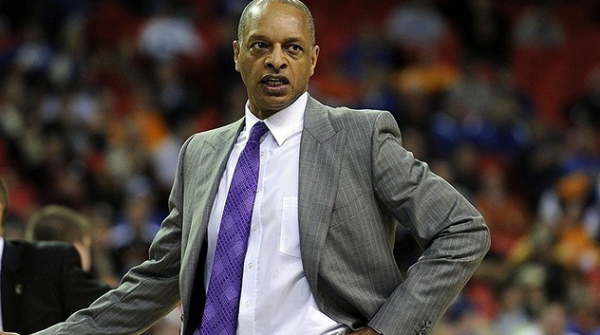Posted by Tommy Lemoine on March 15th, 2016

On Monday and Tuesday we will roll out our region-by-region analysis on the following schedule: Monday (East and West); Tuesday (South and Midwest). Here, Tommy Lemoine (@hoopthink) breaks down the South Region from top to bottom. Also, be sure to follow our RTC South Region handle on Twitter for continuous updates the next two weeks (@RTCsouthregion).
Region: South
Favorite: #1 Kansas (30-4, 15-3 Big 12). Who else? With perhaps his least talented squad in recent memory (from an NBA perspective), Bill Self led Kansas to yet another Big 12 regular season title – its 12th in a row – and the #1 overall seed in the NCAA Tournament. The Jayhawks enter the Dance on a 14-game winning streak and its 30 wins include victories over Kentucky, Oklahoma, West Virginia (twice), and Baylor (twice). One of only two teams with four losses, Kansas possesses such a complete resume, such a cohesive roster, and such strong advanced metrics that it’s hard not to consider the Jayhawks odds-on National Championship favorites, much less favorites in the South. Self’s group ranks #1 in KenPom – with offensive and defensive efficiency numbers near the top – and boasts one of the country’s best players in 6’8” forward Perry Ellis (16.7 PPG, 5.9 RPG). Scoring is seldom an issue with Ellis, Devonte’ Graham (44% 3FG) and Wayne Selden Jr. (13.3 PPG) in tow, and nearly every player on the roster plays consistently stingy, team-oriented man-to-man defense. Even if it faces a high-talent opponent like #4 seed California or an experienced, spread-you-out club like #2 seed Villanova, Kansas easily remains the best bet from the region to reach Houston.
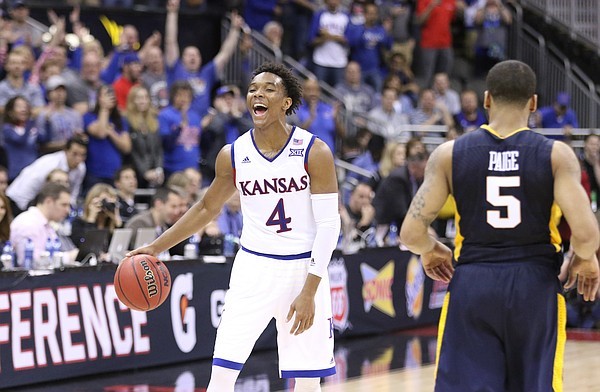
Expect more smiles from Kansas over the next few weeks. (Nick Krug)
Should They Falter: #2 Villanova (29-5, 16-2 Big East). If you’re down on the Wildcats, don’t be. Sure, they lost to Seton Hall in the Big East title game, and yes, their recent NCAA Tournament record isn’t great – Jay Wright’s team has not reached the second weekend since 2009 despite being a #2 seed or better three times. But if past performance is no sure indicator of future results, then there’s also no reason to think that Villanova – with one of college basketball’s most balanced rosters – cannot make a very deep run. The Big East regular season champions rank among the top 15 nationally in both offensive and defensive efficiency, with five players averaging more than 9.7 PPG and a true rim protector in 6’11’ senior Daniel Ochefu (7.8% block rate). The bottom half of the South is not swelling with raw talent, so it’s perfectly reasonable to expect the Wildcats and their spread attack to push deep into March.
Grossly Overseeded: #10 Temple (21-11, 14-4 American Athletic). Temple’s inclusion as a #10 seed seems to be proof that the committee simply didn’t give a darn about advanced metrics – nor quality non-conference wins, for that matter. The Owls enter the NCAA Tournament as the lowest-ranked at-large selection in KenPom (#86 overall) by a staggering 26 spots, with perhaps their best non-conference victory being a five-point neutral court win over 8-23 Minnesota. If its KenPom number holds, Temple will finish the season as the lowest-ranked at-large unit since Colorado State in 2012 (95th). Yuck.
Read the rest of this entry »
| 2016 ncaa tournament, bracket prep, feature
| Tagged: 2016 ncaa tournament, arizona, bill self, california, connecticut, gregg marshall, iowa, jarrod uthoff, jay wright, kansas, maryland, pac-12, sean miller, south region, temple, vanderbilt, villanova, wichita state
Share this story






























